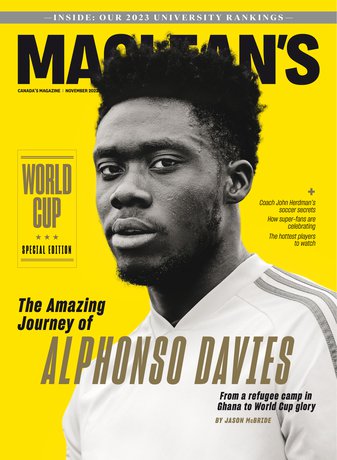In an online environment, determining whether an article is scholarly, popular, or trade can be challenging. Articles are defined as scholarly, popular, or trade based on their parent publication - i.e., the periodical (e.g., magazine, newspaper, or journal) in which the article is published. Unlike books, periodicals are published on a regular basis (or period), such as daily, weekly, monthly, or quarterly. Your professor may ask you to use only scholarly (or academic) articles, so it's important to know the key qualities of each type.
Consider:
Here are a few excellent examples.
Compare the Differences
Learn More
Chat with Us if you have any questions about scholarly, popular, or trade sources.





